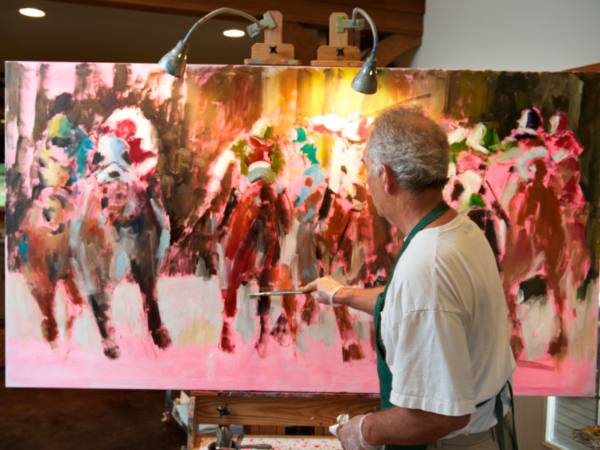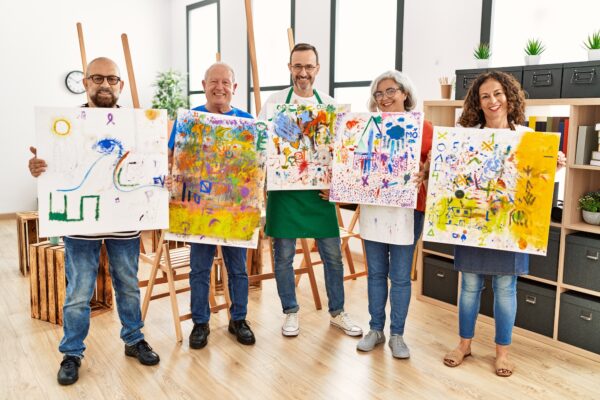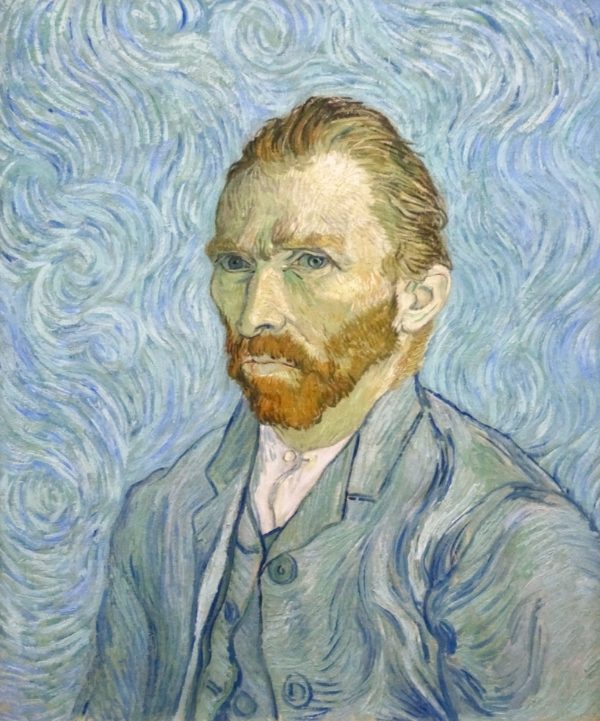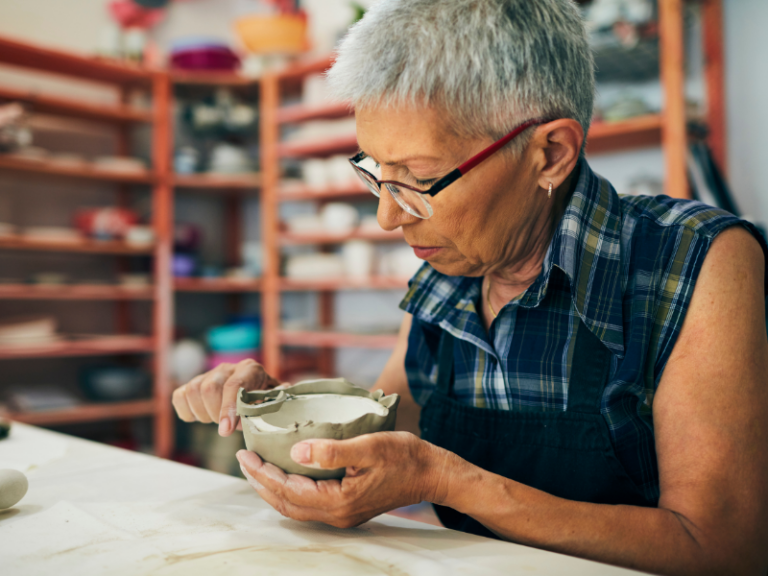The appeal of art as a second career is an enduring one as many people seek to explore their artistic side. But aside from Jeff Koons and Damien Hirst, most artists work in that grey area between a career and a hobby, earning some money but probably not enough to give up the day job. So what does that mean for you?
What do we mean by second career?
A second career can be one you develop in later life, where time and money allow you to return to a first love of painting or sculpture. Or perhaps your art career sits alongside the day job out of necessity.
What’s the appeal of art as a second career?
Most artists find the creative process satisfying — if sometimes challenging. Keep in mind some in the artworld can be suspicious of an artist who begins their practice after retirement, so it may take some work to be taken seriously. A lot will be about your artwork, but it will also be about how professional you approach it. Take a look at our blog on how to be a professional artist.

Ask yourself
- Do you need to make money?
- Do you want to be a professional artist or pursue it as a hobby?
- Do you have the time to develop your work?
- Where will you work?
- Do you need training?
And once you’ve worked out the practical issues, ask yourself what kind of artist you want to be:
- What kind of art do you want to create?
- What mediums/materials appeal to you?
- What subjects appeal to you?

How do you get into art as a second career?
For people coming to art later in life, the journey can be accidental. Taking part in a couple of painting classes or spending a day on a potter’s wheel can lead to a new passion and a new career. Older artists can also have the benefit of having built-up connections and confidence to work within the artworld. Being able to talk about your art is a key skill that can come easier to someone developing art as a second career if they have already had success in their first one.
More commonly, artists return to art as a second career after their first one has ended. Perhaps retired, with more time and disposable income, aspiring artists can afford to take risks now that they couldn’t decades ago.
Developing a second career in art comes down to determination as much as talent. It means investing a huge amount of time in finding your subject and exploring your style, long before you exhibit or try to sell your work.

The only truly free artist is an undiscovered one
Finding art satisfying might not be the same as financially rewarding. Financially successful artists can be stuck in a rut of producing the same (saleable) work unable to try something new that may not be as popular (who remembers Jackson Pollock’s figurative work?). And some of the world’s most highly prized artworks were created by artists like Vincent van Gogh who couldn’t sell anything during their lifetime.
Having a successful second career as an artist may be more about your own satisfaction in the work you produce and being free to produce the work you want to create, than how much, or even if, it sells.
Many artists have success after long careers working in other sectors, most commonly teaching. Examples of full-time teachers with art careers include visual artist Phyllida Barlow and conceptual artist Michael Craig-Martin, known for fostering the Young British Artists movement that gave us Sarah Lucas, Tracey Emin and Damien Hirst.







